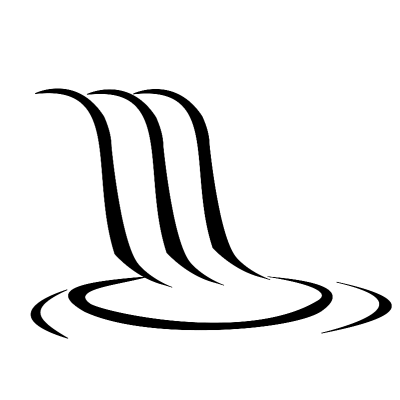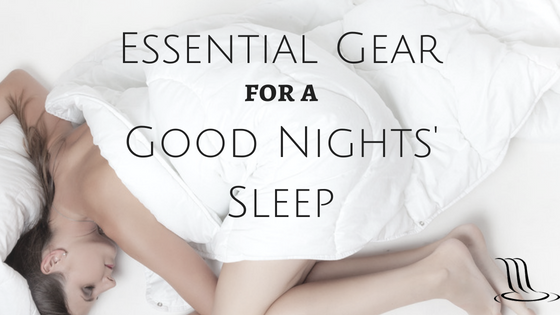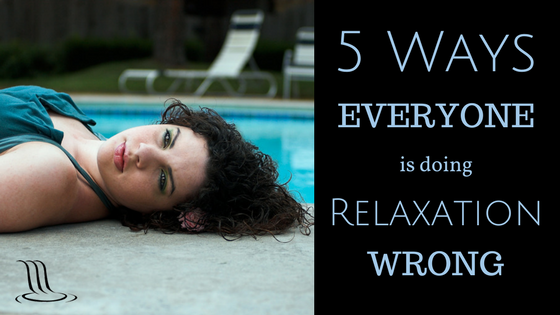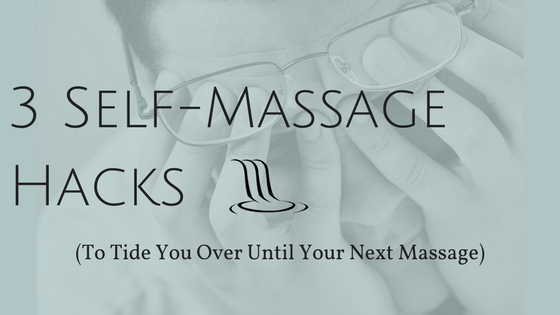
How are you?
No, really, how are you? Do you really have the information to answer that question? Maybe this is a question you should be asking yourself more often. Anyone experienced in meditation will tell you–answering that question thoroughly can be the quest of a lifetime, and takes more effort than you might think.
We live in a distracted time, so much so that most of us have no idea how to be anything other than distracted–bouncing through our lives like a pinball from one obligation to the next, resorting to our mobile phones or some other bad habit when even the slightest boredom or discomfort threatens our equilibium.
Is this you? If so, what are you afraid of? What’s got you running to cheap thrills every time you feel uncomfortable?
This is how bad habits and addictive behaviors take root in our lives. Some experts think addiction and compulsiveness begin way back in the development of our brains. Inspired by this prospect, a kindergarten in Germany is experimenting with a classroom in which the children are given nothing at all to play with–a room with some simple furniture and some blankets and pillows. Teachers observe, but do not interfere. The children are given no direction in what to play or what to do.
Harsh, you might say, but it’s based on an addiction study which found that, for many, addictive behaviors began in early childhood. In many ways, toys do for kids what bad habits and addicting behaviors do for us: they thoroughly distract us from our bad feelings–at least for a time. The idea is to allow the children to come up with their own games–to give them a chance to find fun in themselves and in each other. The hope is that the children will develop key skills that will help them cope with the adult world–skills like empathy, critical and creative thinking, and above all, self care and healthy self regard.
Could you use a little more strength in any of these areas? (Is there anyone who couldn’t?)
Are you trying to kick a bad habit, lose weight, or just be happier with yourself generally?
Your journey begins with an understanding of how your brain really works as it does its best to keep you happy and breathing. You’ll need a sense of curiosity–adventure, even. Mindfulness isn’t as much a destination as it is a journey into the unknown.
Are you ready? Let’s go.
First, you should understand that your brain is wired to flee pain and seek pleasure. It’s not bad. This instinct helped our ancestors survive. For example, when you find good food–especially high-calorie food–your brain goes out of its way to remember what you ate, how good it was, and where you found it. It doesn’t care that the food is cheap and easy to get, that too much of it might kill you, or that it’s filled with additives that might harm your health. Survival is the priority.
From there, it’s not a big leap to go from satisfying hunger for the sake of survival to soothing other kinds of pain or discomfort. Before you know it, there’s no bad day that can’t be made a little better with pizza or a slice of chocolate cake. The same mechanism works for other kinds of bad habits or addictions. Your body receives a visceral, memorable payoff for engaging in the behavior, and eventually you’re going to it without even thinking.
And the grownup “toys”? They’re everywhere: cheap high calorie foods, social media, alcohol, gambling, narcotics, TV, pornography, and that’s just the beginning. It’s not to say that all these things are bad all the time–there’s nothing wrong with giving a child a toy once in a while. But these distractions, if mistaken for something essential to survival, can destroy your life.
So what’s the solution? Practice mindfulness.
What is mindfulness?
When was the last time you ate a meal–and focused only on the food in front of you and maybe the company you’re keeping in that moment? That’s mindfulness.
Meditation is one method of developing mindfulness. The task in meditation–what makes it such a challenge for so many–is doing and thinking literally nothing. It’s tougher than it sounds. No sooner have you tried to clear your mind than a jingle for laundry detergent or a bill that needs to be paid soon comes flooding in to fill that void.
The trick is to observe yourself calmly and with a sense of curiosity. When mastered, you’ll be able to observe your body and mind working, holding your own consciousness at arm’s length for a moment.
While meditating, one way to gently dismiss thoughts is to picture yourself by a small stream with fallen leaves drifting by on the water. When an intrusive thought comes into your mind, pin that thought to one of the leaves and watch it drift away. When another thought inevitably intrudes, pin that thought on a leaf and watch it drift away.
Are you thinking “this is hokey and hippy-dippy and dumb”? Pin that thought to a leaf and watch it drift away. You can do this with sensory intrusions as well–that car alarm going off, the sound of the heat kicking on, your watch ticking, your phone buzzing at you–pin these to a leaf and watch them drift away. Set a timer and give yourself 15 or 20 minutes to practice this every day. This may feel like a waste of time; it’s anything but. It gets you ready to live in your skin for the rest of the day.
Out there in the trenches of your life, this exercise starts to pay off. You’ll find that when you get a phone notification while you’re driving, you won’t automatically have to check it. When you’ve had a rotten day at work and you suddenly crave cheese fries, you won’t automatically have to give in to it.
These occasions are opportunities to observe yourself, to be curious and collect data about how your body and mind react when a craving comes on. As you work at this, the more intense urge becomes not satisfying the craving, but curiosity about the craving to see what you can learn from it.
Even if you go for that dopamine hit, whatever form that takes for you, observe! You have an opportunity to watch your mind and body as you give in to a temptation. Pay attention to how those cheese fries really taste and how they make your body feel afterward. Ask yourself questions about whether that notification was really worth risking a car accident to check, and what you really got out of the experience. For extra credit, write down what you observe. Journaling adds an extra layer of self-awareness to the exercise which can help develop mindfulness even faster.
The ultimate payoff
Thinking in this way, over time, has a cumulative effect. Your brain is like a muscle. CAT scans of experienced practitioners of meditation show clearly that certain areas of their brains light up more than for the average person. Their ability to observe themselves has grown like a muscle after years of working out. It has an impact on their personality, and these individuals show lower incidence of compulsive behavior and addiction, better focus and concentration, and can better cope with stress.
While it’s true that meditation isn’t a one-and-done proposition, adopting it as a regular practice for even a short time can begin to show significant benefits. In this way, it’s a lot like massage: it feels great once or twice, and can have great benefits long-term, but you have to give it some time.
Honestly, this is just a toe-dip in a vast pool of what there is to know about meditation and mindfulness. There is so much to learn. What’s nice is that if you only want to take it so far, you can. This isn’t a panacea, and there are cautions to consider as you go forward, but just being more aware of your thoughts and your body’s needs is crucial to building more wellness into your lifestyle.
As with everything on this blog, none of this information should be construed as medical advice or care. The employees of The Good Life Massage, including the writers of this blog, are not medical doctors. Consult with your physician before making any changes to improve your health.
Tom Gunn is the blog editor and marketing director for The Good Life Massage. You can hire him to assist with your content marketing and social media by emailing him at tomgunn@gmail.com











